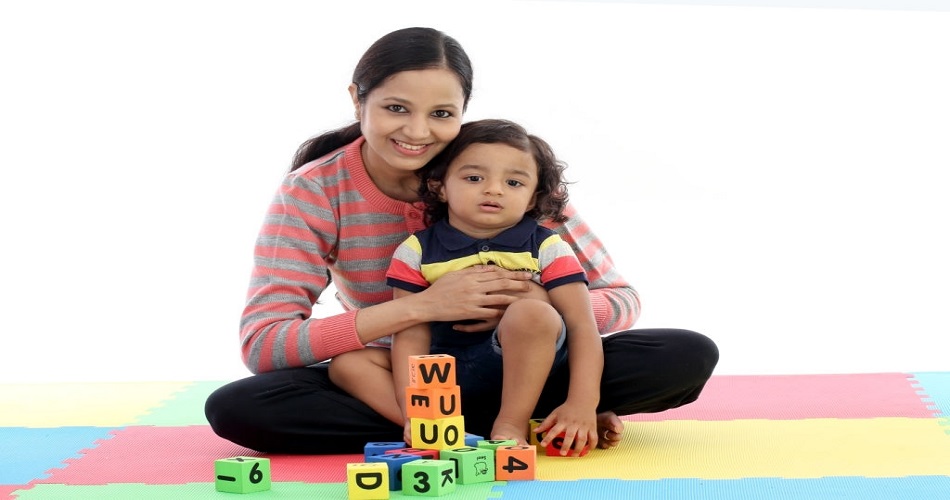These days, though there are multiple preschool options to choose from, many parents out there are keen on finding the right option for their children. This is perhaps applaudable. In children’s lives, pre-schooling has a major influence on healthier developmental progress. Parents' decision on sending their children to a school where they will be cared for and nurtured is integral.
Recently, Montessori education is a trending topic for many parents. They no longer want to send their children to just a preschool. In choosing the first school, parents need to understand about how different school works, what their philosophies are and how kids can assist children to develop emotionally, cognitively, physically and socially.
3 major areas of difference between Montessori and Traditional Preschool –
Core Philosophy
Maria Montessori, the first female physician in Italy was driven towards how children learn. With her observation, she concluded “children teach themselves” from what they find around their environment. This finding of hers later became Montessori Method education.
She believed that learning comes natural and it is a self-directed process. All they need is a prepared environment where the Montessori teacher plays the role of a facilitator. children's interest and the pace is respected where children are the driving force of their learning process.
On the other hand, Traditional preschool prioritizes play-based learning. it basically is a compilation of several theories and practices. children spend much of their time playing and the teacher is the driving force to guide children flow through activities. It means that the teacher determines the pace and what activities children are going to do. Though children can choose between different activities, however, the schedules are pre-determined by the teacher.
Teaching Approach
In Montessori education, the learner-centric approach of teaching is followed. Children learn through their own exploration. The material for children’s activities is referred to as 'work', the teacher introduces the 'work' on how to use them after that children are free to choose their activity and work to develop their own perspective.
The updated teaching methods applied in Montessori classroom are very specific. The material used addresses varied levels of complexity to invoke different areas of knowledge – spatial, interpersonal, intrapersonal, intuitive, musical, kinesthetic, linguistic, and logical. The practices are independent, self-regulated, and self-paced.
Traditional method follows teacher-directed approach. Usually, the teacher presents a lesson about alphabets or numbers followed by hands-on activities. All children are supposed to learn at the same pace. Learning in traditional play-based schools is mostly based on repetition and memorization with little to do with exploration. The playtime is unstructured and open-ended. The activities and tasks are focused on social skills, problem-solving skills, and cooperation.
Classroom Environment
The classroom environment plays an important role in both of these methods of teaching. In Montessori education and Traditional preschool, there are designated centers for different types of play, work, or skills.
While setting the environment, Montessori teacher are committed to three important aspects – individual liberty, observation, and sufficient preparation. Montessori classroom prefers muted tone and less visual stimulation with designated curriculum areas for different skills. It also consists of a reading/peace corner.
One noticeable difference is Montessori classrooms consist of materials that are child-friendly. Starting from wall decoration to furniture they all are in harmony with the children. There are a variety of seating options and work space available. Children are allowed to move through the classroom at their own pace and in their preferred station during morning time. The classroom may be a busy place but it is conducted peacefully and calmly.
Traditional classroom is more vibrant with classroom decors, colorful toys, posters, etc. the seating arrangement is however rigid with no or little variety. Children need to follow the set of rules determined by the teacher. The classroom mostly consists of children of the same age group and is highly structured when it comes to time. In preschool, everyone learns at the same time, or rather they need to, the class continues to progress irrespective to where a particular child is at.
Parents’ responsibility in choosing what is best for their kids is to decide on which setting children will flourish! Undoubtedly Montessori education has some of the special qualities that make you tick, aside from following the specific methods of teaching Montessori teacher also need to undergo Montessori teacher training course. It helps them to get prepared and equipped with the skills that are needed to be a part of the school.
Montessori education allows a safe space for the children to grow and evolve, whereas, play-based schools emphasize imagination and social skills. While choosing the right school for your children, besides focusing on the above three key areas, also consider cost, staff reputation, school credential, and the physical condition of the school. In doing so, you will be able to make a decision that feels right to you as well.
Written By : Kalyani Balakrishnan



